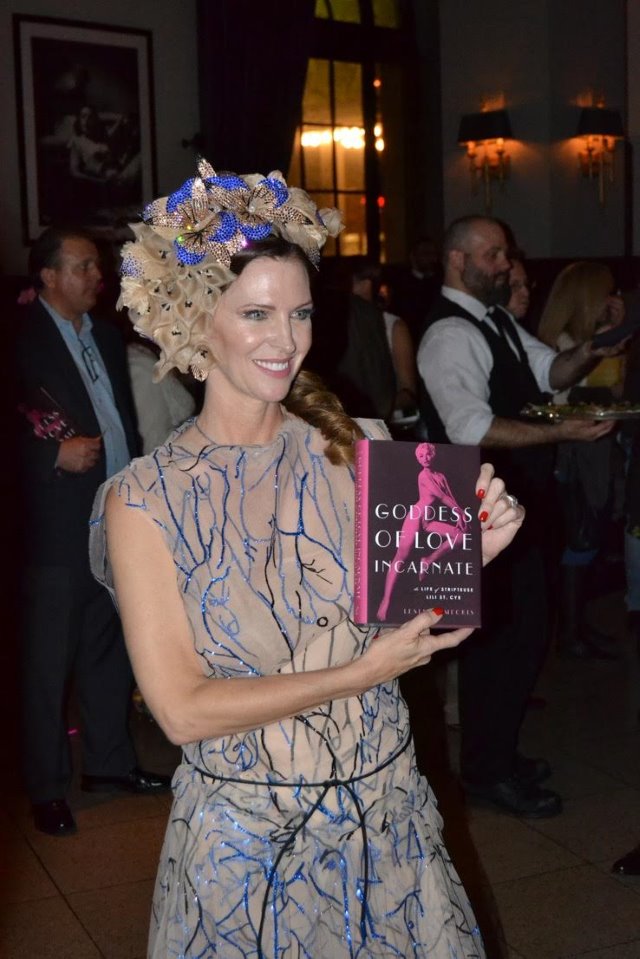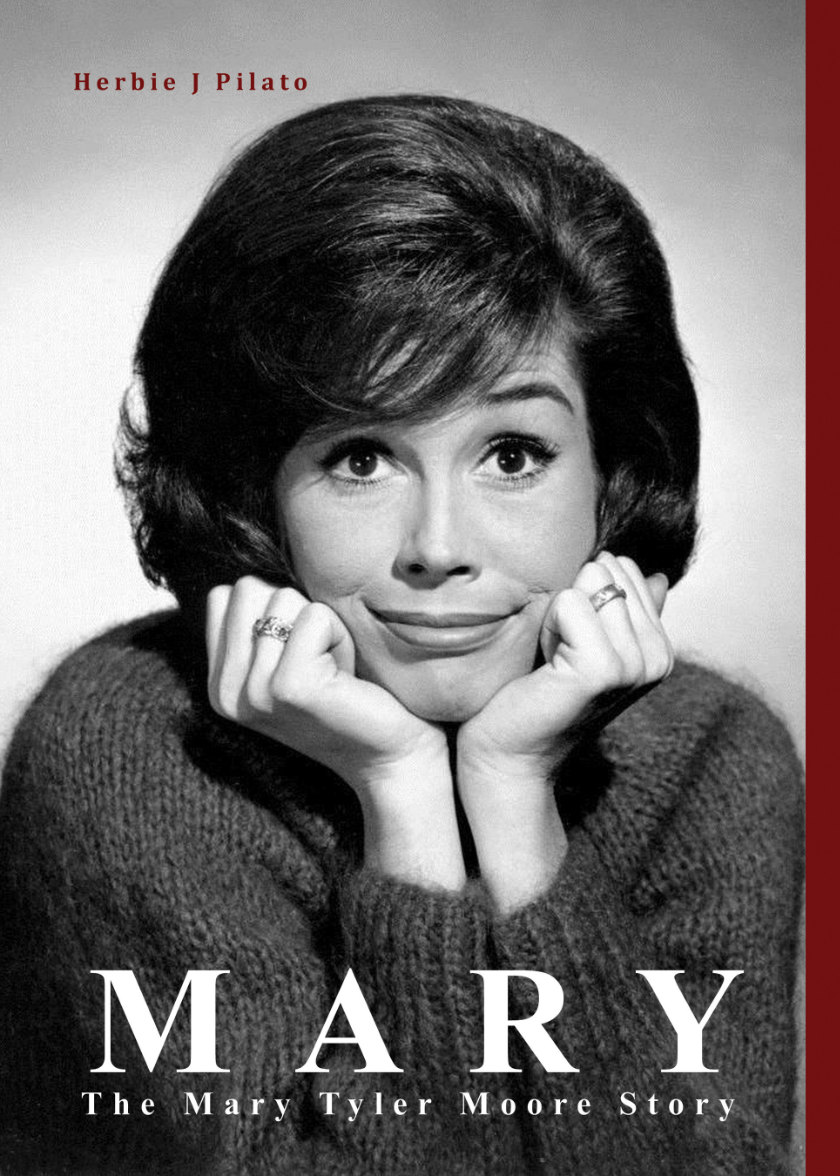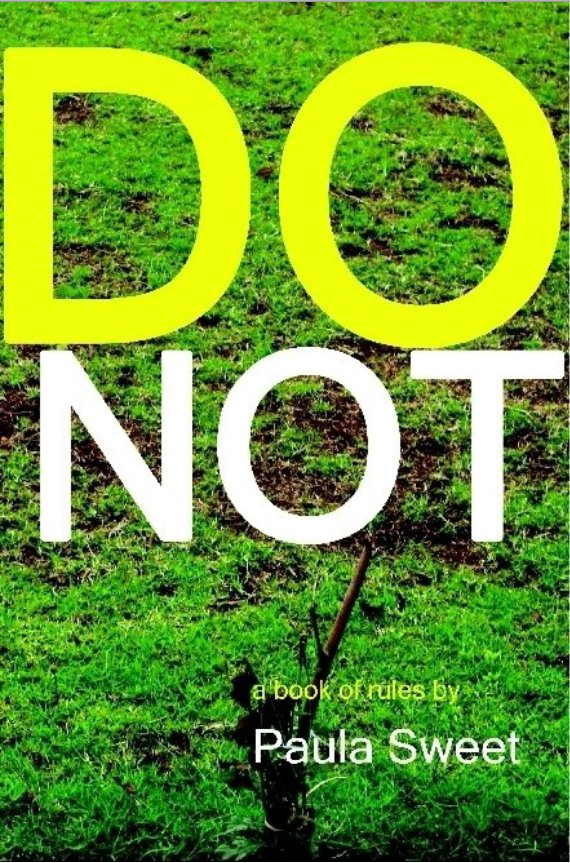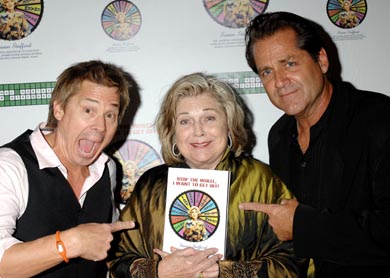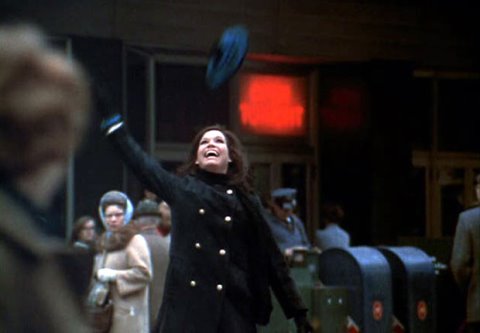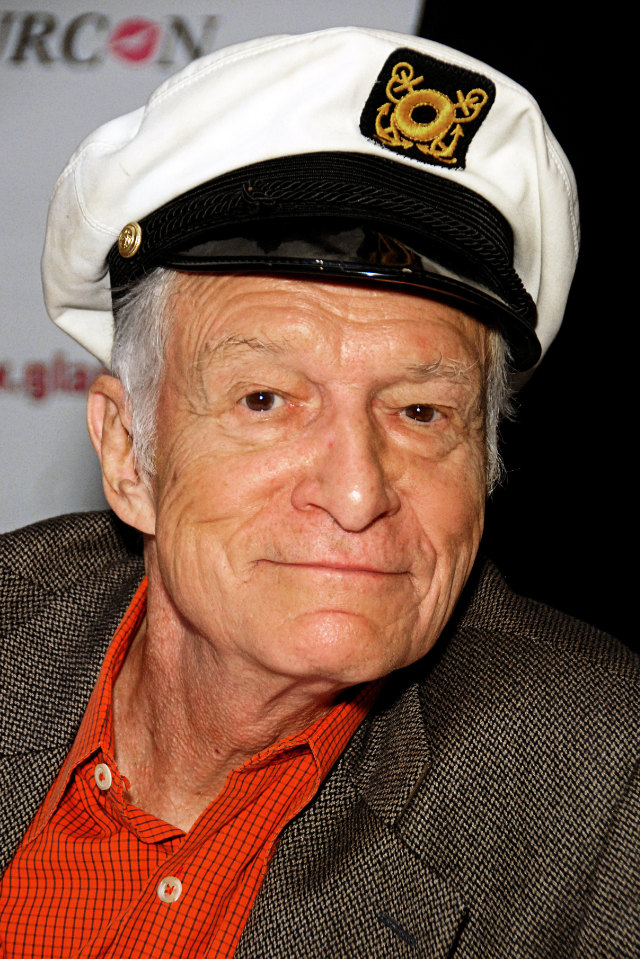
Copyright ©2010 by Glenn Francis, www.pacificprodigital.com
Above: Hefner photographed in 2010.
Playboy founder Hugh Hefner has died at his home, aged 91, according to Playboy Enterprises, Inc., from natural causes.
Hugh Marston Hefner was born in Chicago in 1926. He worked as a cartoonist on a US Army newspaper in the 1940s, and graduated with a degree in psychology and a double minor in creative writing and art from the University of Illinois in 1949.
The same year he married his first wife, Millie; the marriage produced two children, Christie and David.
He worked as a copywriter for Esquire, where he had been denied a $5 raise, prompting him to start Playboy. He borrowed $8,000, which included $600 from a mortgage and $1,000 from his mother, to start Playboy in 1953.
The first number featured a nude 1949 shoot of Marilyn Monroe, which Hefner purchased for $200. It had already featured in a calendar.
The first issue was put together at Hefner’s apartment on his kitchen table, and had no date, as he was unsure whether it would make it past the first issue.
The US Post Office refused to distribute nude materials, but Hefner personally delivered his magazine to newsstands in Chicago.
The first issue sold 50,000 copies from a print run of 54,000, guaranteeing its continuation. The second issue first showed the Playboy bunny symbol.
He never saw Playboy as a sex magazine, however, but, as he said to CNN in 2002, ‘a lifestyle magazine in which sex was one important ingredient.’
He was on the pulse of the male reader at the time, as the US consumer society developed, and the magazine created a lifestyle which young men could aspire to. Unlike Esquire, he included the age-old pursuit of the opposite sex.
Hefner’s first marriage ended in divorce in 1959.
Hefner shrewdly published pieces from authors such as Ian Fleming, Kurt Vonnegut, Norman Mailer, Margaret Atwood, Joseph Heller, Ray Bradbury and Kingsley Amis. He published interviews with Martin Luther King, Jr, John Lennon, Fidel Castro, and Jimmy Carter in ensuing decades. The business also diversified into television and nightclubs, staffed by women in Playboy bunny costumes.
Hefner was arrested in 1963 and charged with promoting obsence ilterature, but the case resulted in a hung jury.
By the end of the 1960s, Playboy was selling seven million copies per issue, and its founder lived the hedonistic lifestyle promoted in its pages.
Hefner bought the Playboy Mansion West in 1971, and moved there permanently in 1975.
However, by the 1980s, Playboy began to falter: the magazine faced competition from Hustler, which featured harder pornography. The rise of feminism made the environment for Playboy more difficult.
After a stroke in 1985, he turned control of the business to his daughter, who had served as president of Playboy Enterprises, Inc. since 1982. To return the business to profitability, Christie Hefner sold off the loss-makers—by this time, most of the diversified businesses, including film-making, book publishing, limousines and a modelling agency—were losing money. The clubs in the US were shut in summer 1986, with franchised operations continuing till 1988; others outside the US closed in the 1990s. A Playboy Club did return in 2006 at the Palms Casino Resort in Las Vegas.
Playboy Enterprises continued to license out the rabbit symbol, and it remains one of the most recognized in the world. The magazine is now published in over 20 countries, and the company claims over $1,000 million in annual sales.
Hefner continued to host parties at the Mansion, dating many of the magazine’s Playmates. He married for a second time in 1989, to Kimberley Conrad, who had posed for the magazine and was Playmate of the Year. They had two sons, Marston and Cooper. Hefner and Conrad separated in 1998 and divorced in 2010.
He married his third wife, Crystal Harris, in 2012.
Nude photos briefly disappeared from the US edition of the magazine between 2016 and 2017, in the quest for a higher circulation.
Hefner will be buried next to Monroe at Westwood Cemetery, Los Angeles, having bought the plot next to hers in the 1990s for $75,000.
He is survived by his children and his third wife.
Admirers will champion Hefner as an advocate of free speech and promoting healthy sexuality; detractors will see Hefner as a pornographer who objectified women.
Nevertheless, Hefner’s passing marks the end of an era, with Playboy his legacy and a title that, in some respects, reflected changes in western history.

Above: The first issue of Playboy in December 1953, featuring Marilyn Monroe.

